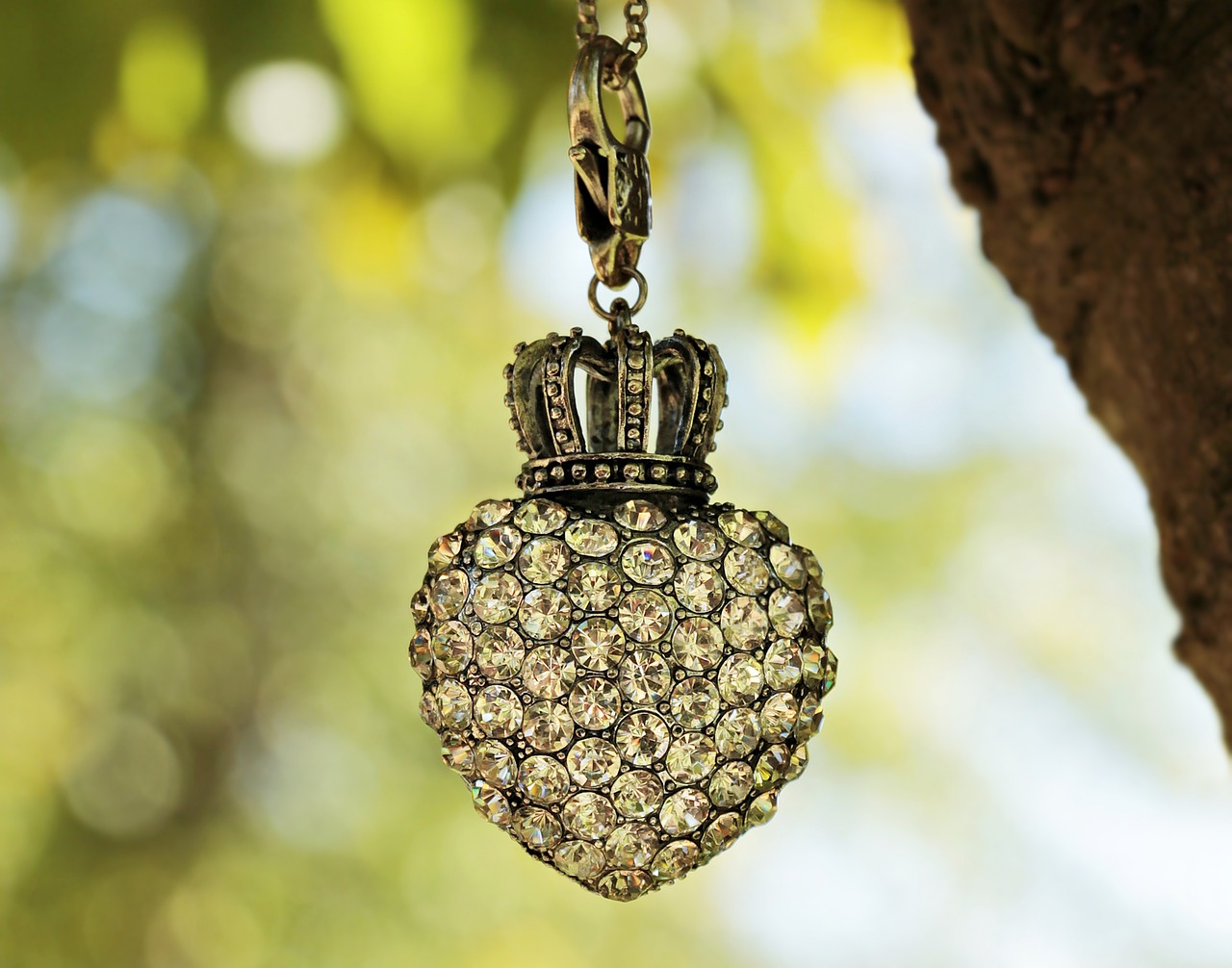Jewelry Photo Editing Tips
In the digital era, where visual appeal holds immense power, showcasing jewelry through captivating photographs is crucial for businesses and individuals alike. From attracting customers to establishing a brand identity, jewelry photography plays a pivotal role. In this article, we will delve into essential tips for editing jewelry photos to ensure they stand out in the crowded online market.
I. Introduction
A. Brief Overview of the Significance of Jewelry Photography
Jewelry photo edit is not just about capturing the sparkle of gemstones; it’s about telling a story and creating an emotional connection with potential buyers. In a world driven by visuals, the first impression often seals the deal, making high-quality images an indispensable part of any jewelry marketing strategy.
B. Importance of High-Quality Images in the Digital Age
With the rise of e-commerce and social media, customers rely heavily on visuals when making purchasing decisions. Blurry, poorly lit, or unedited photos can deter potential buyers. Investing time and effort into perfecting your jewelry images can significantly impact your online presence and sales.
II. Choosing the Right Equipment
A. Importance of a High-Resolution Camera
The foundation of any great jewelry photo lies in the camera used. A high-resolution camera ensures that intricate details are captured with precision, allowing customers to zoom in and appreciate the craftsmanship.
B. Use of a Tripod for Stability
Stability is key in jewelry photography. A tripod eliminates the risk of shaky hands, enabling you to capture sharp and focused images. This is particularly crucial when working with close-up shots where even the slightest movement can result in blurriness.
C. Proper Lighting Setup for Jewelry Photography
Lighting can make or break your jewelry photos. Experiment with natural light, softbox lighting, or a combination of both to find the perfect balance. Avoid harsh shadows and ensure that each facet of the jewelry is well-lit for a dazzling presentation.
III. Preparing Jewelry for Photography
A. Cleaning and Polishing
Before the camera even comes into play, ensure that the jewelry is cleaned and polished to perfection. Dust and fingerprints can be magnified in high-resolution photos, detracting from the beauty of the piece.
B. Arranging Jewelry for the Best Presentation
Consider the arrangement of the jewelry to highlight its unique features. Experiment with different layouts to find the most aesthetically pleasing composition. Pay attention to symmetry and balance for a visually pleasing result.
C. Using Props and Backgrounds to Enhance Aesthetics
Props and backgrounds can add context and enhance the overall appeal of your jewelry photos. Choose settings that complement the style of the jewelry, whether it’s a rustic wooden backdrop for earthy pieces or a sleek, minimalist surface for modern designs.
IV. Camera Settings for Jewelry Photography
A. Adjusting Aperture for Depth of Field
Aperture controls the depth of field in your photos. For jewelry, a shallow depth of field (low aperture) can help isolate the subject, blurring the background and drawing attention to the details of the piece.
B. Setting ISO and Shutter Speed for Optimal Exposure
Strike a balance between ISO and shutter speed to achieve optimal exposure without introducing unwanted noise. Lower ISO values and faster shutter speeds are generally preferred for jewelry photography.
C. Utilizing the Macro Mode for Intricate Details
Jewelry often features intricate details that require a macro lens or mode. This allows you to capture the smallest elements, such as engravings or tiny gemstone facets, with clarity.
V. Editing Techniques for Jewelry Photos
A. Introduction to Photo Editing Software
Photo editing software is a powerful tool for refining and perfecting your jewelry images. Familiarize yourself with programs like Adobe Photoshop or Lightroom to enhance colors, sharpness, and overall presentation.
B. Color Correction and Enhancement
Ensure that the colors in your photos accurately represent the actual jewelry. Color correction tools can correct any discrepancies and enhance the vibrancy of gemstones, metals, and other elements.
C. Removing Imperfections and Blemishes
In the world of jewelry, perfection is key. Use retouching tools to remove any imperfections, scratches, or blemishes that may distract from the beauty of the piece. However, exercise caution to maintain a natural and authentic look.


